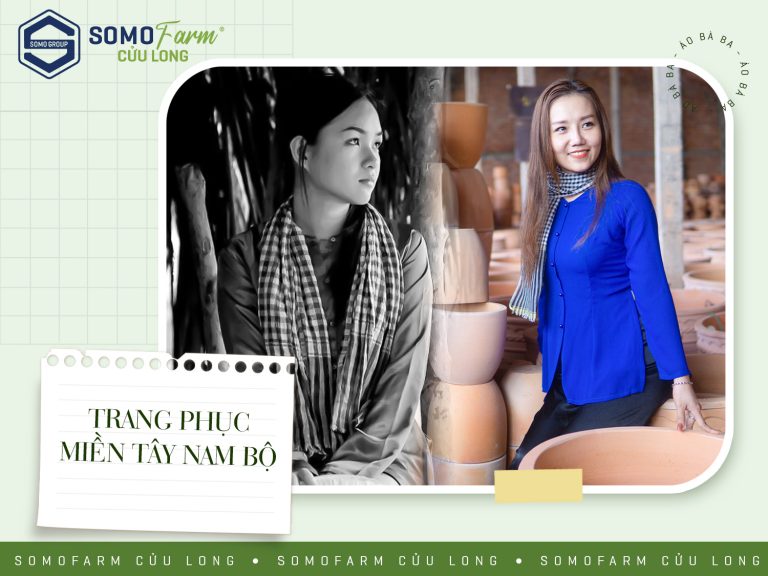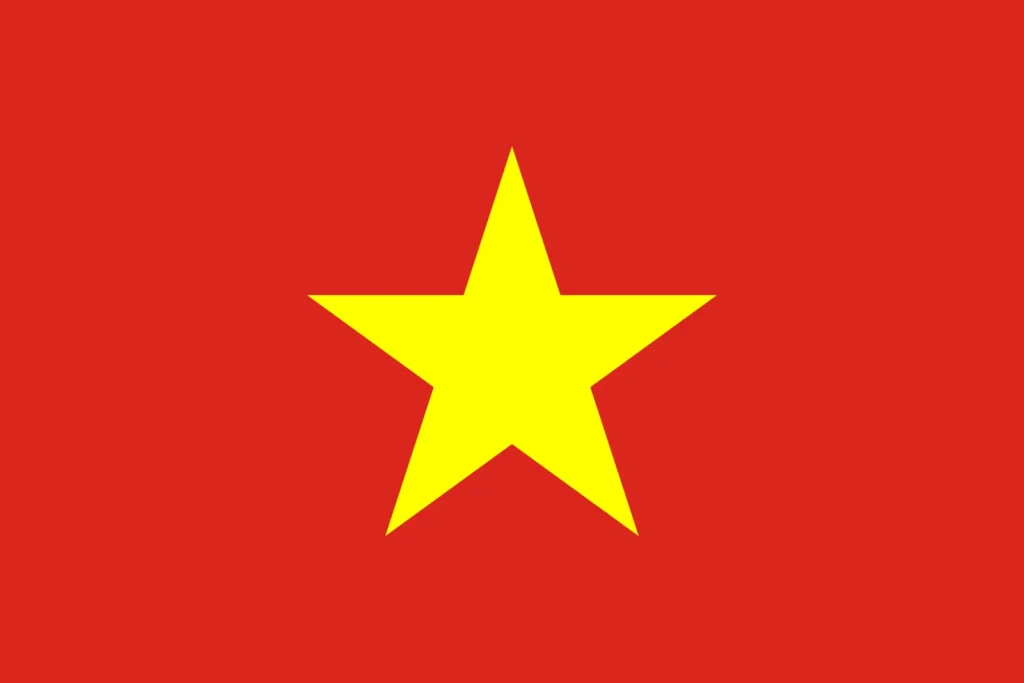There are several theories about the origins of the "Áo Bà Ba," but the prevailing view suggests that it emerged in Vietnam around the 18th to 19th centuries through cultural exchanges and trade. Vietnamese people interacted with the Peranakan (also known as Baba Nyonya community - descendants of Chinese immigrants in the Southeast Asian region, including Malaysia, Singapore, and Indonesia). They were inspired by the style of clothing worn by the Peranakan and adapted it to create the "Áo Bà Ba" for themselves.
During its early introduction, before the use of chemical dyes, to achieve black or brown colors for the Áo Bà Ba, people often used natural materials like the leaves of the Indian Almond tree and the bark of various trees for dyeing. After dyeing, the fabric was covered with mud to prevent color fading. The buttons on the Áo Bà Ba were also diverse and evolved over time. Traditional buttons were replaced with creatively designed buttons of various patterns, adding unique accents to the garment. Over time, the Áo Bà Ba has undergone several adaptations to suit the wearer’s movements and changes in fashion trends. Today, the traditional Áo Bà Ba is being modernized by fashion designers while still retaining its ethnic character with a modern and fresh spirit.

When we mention the Áo Bà Ba, the first image that comes to mind is the gentle and graceful appearance of women from the Southern region, the simplicity and rusticity of farmers, or the image of resilient and unwavering revolutionary soldiers. Throughout the country’s history, the Áo Bà Ba has witnessed countless ups and downs and the glorious achievements of the Vietnamese people. All of these have contributed to the special significance of the Áo Bà Ba in the hearts of the Vietnamese people. It represents not only clothing but also a symbol of tradition, culture, and national pride.



